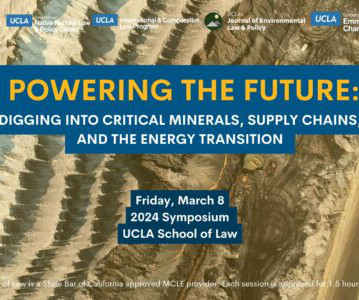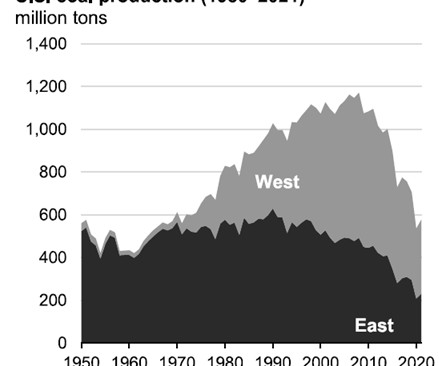The New EPA Car Rule Doesn’t Violate the Major Questions Doctrine
Legal Planet
MARCH 21, 2024
EPA has decades of experience and expertise regarding vehicle technology. EPA had previously considered electric vehicles as a way of reducing pollution. EPA also modeled non-EV approaches that could be used to meet the standard, so switching to electric power is not the only form of compliance. The rule is not unprecedented.


















Let's personalize your content